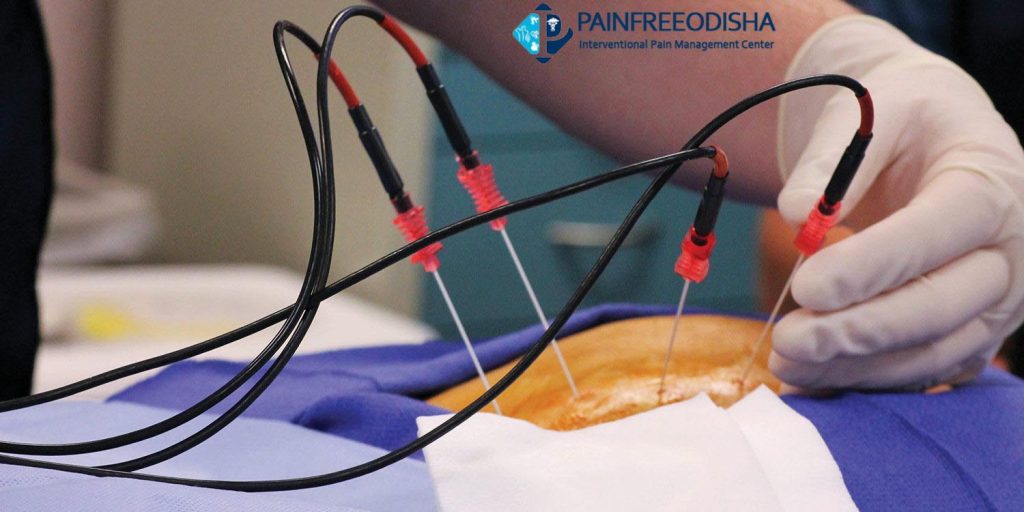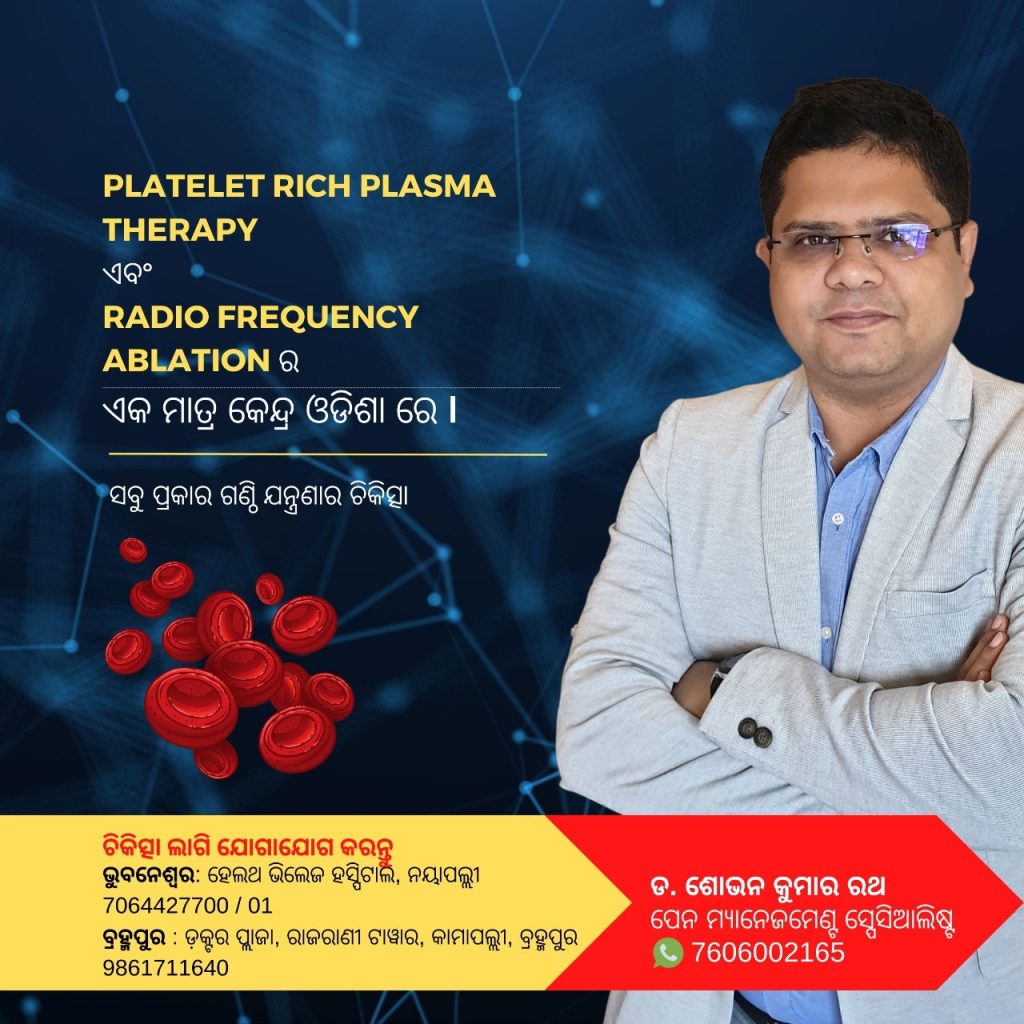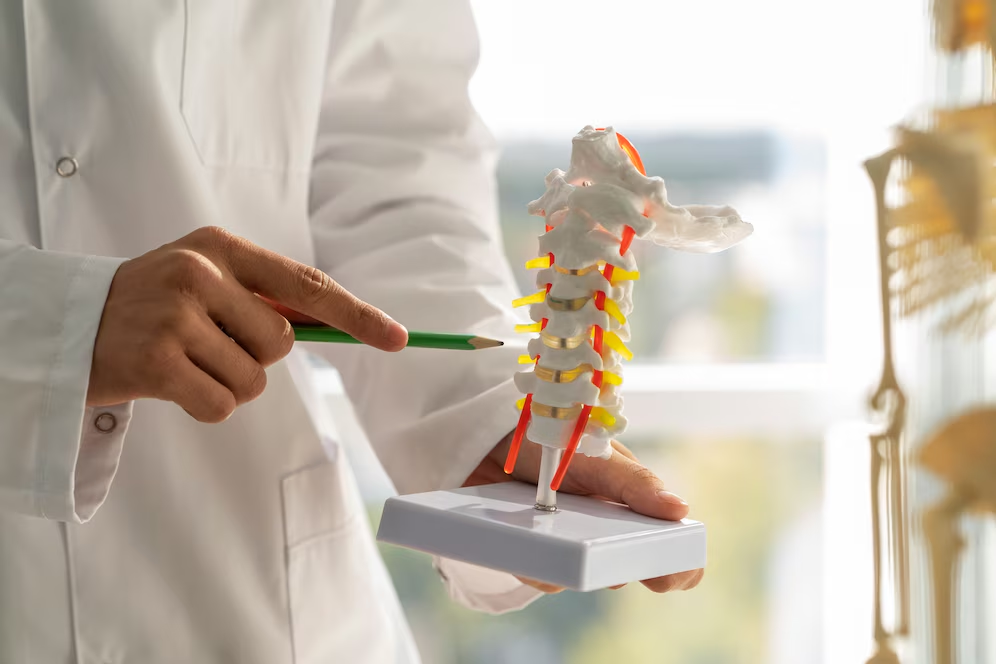Radio Frequency Ablation For Pain Management
Radiofrequency ablation, also called rhizotomy, is a nonsurgical, minimally invasive procedure that uses heat to reduce or stop the transmission of pain. Radiofrequency waves ablate, or “burn,” the nerve that is causing the pain, essentially eliminating the transmission of pain signals to the brain.
This procedure is most commonly used to treat chronic pain and conditions such as arthritis of the spine (spondylosis) and sacroilitis. It is also used to treat neck, back, knee, pelvic and peripheral nerve pain. The benefits of radiofrequency ablation include: avoiding surgery, immediate pain relief, little to no recovery time, decreased need for pain medication, improved function, and a quicker return to work and other activities.


Which conditions can Radiofrequency Ablation can treat !

Low-Back Pain
Low-back pain is a common condition that affects people. This kind of pain can result from the sacroiliac joint, lumbar facet joints, and intervertebral disc. Luckily, radiofrequency nerve ablation functions as a phenomenal remedy for chronic back pain.

Neck Pain
Neck pain results from degenerative diseases, trauma, wrong posture, tumors, muscle pains, and bone or joint abnormalities. If the neck pain persists, it is advisable to contact a qualified physician for more diagnoses. In most scenarios, the doctor will recommend the patient to undergo cervical facet radiofrequency ablation.

Chronic Pain
Any pain that does not respond to painkillers or lasts for more than three months or more is chronic. This type of pain affects your sleep, emotions, physical and social wellbeing. In the case where the doctor is not able to diagnose the cause of the pain, the patient gets referred to RFA.

Arthritis
This pain is stressful and can be humiliating. Arthritis is a broad term covering many diseases that affect the joints of your knees, fingers, and even hips. The significant causes of arthritis are age, bacterial infections, injuries, and genes. Patients with arthritis can benefit from radiofrequency ablation.

Radiofrequency Ablation Procedure
The procedure is similar to a needle biopsy, and involves inserting a needle-like probe into the body. Radiofrequency waves are sent out from the probe into the surrounding tissue, which causes the nearby cells to die. As these cells die, the immune system removes them, which causes an internal reaction and generally results in shrinkage of the nodule.
To place the tip of the probe in the correct location, the health care provider uses ultrasound or other imaging technique.
Radiofrequency ablation can take place for walk-in patients and requires no general anesthesia. You may get medicine to help you relax for the procedure, as well as a numbing agent for the area of the skin where the probe is inserted.
Most people undergoing radiofrequency ablation can go home the same day as their treatment and can return to their normal activities within 24 hours.
Pain Free Odisha is the first and only center in Odisha, which provides Radiofrequency Ablation(RFA) treatment for managing chronic pain. Dr. Shovan Kumar Rath, Leading Pain Specialist of Pain Free Odisha, have conducted several such procedures with hundred percent success rate.
